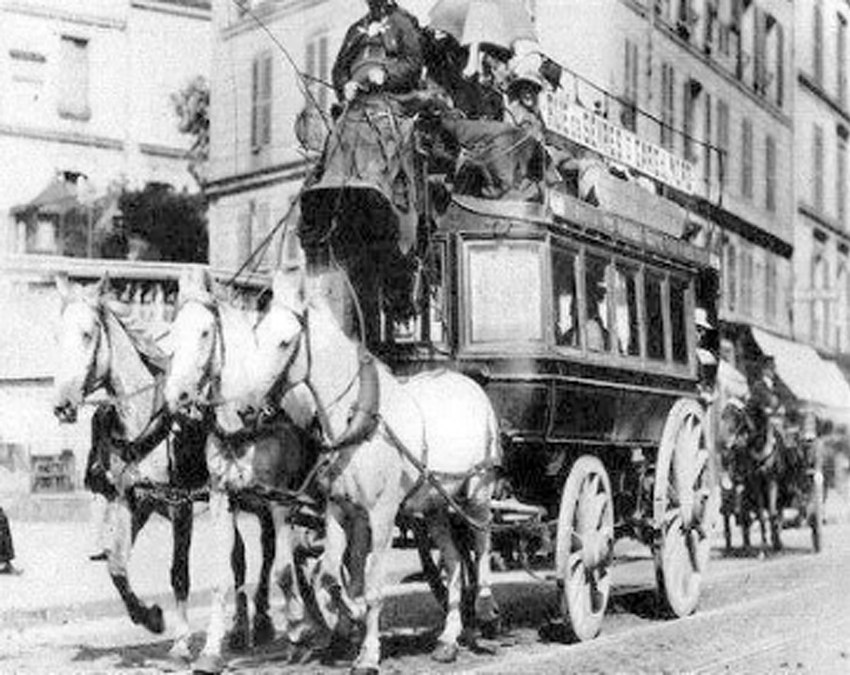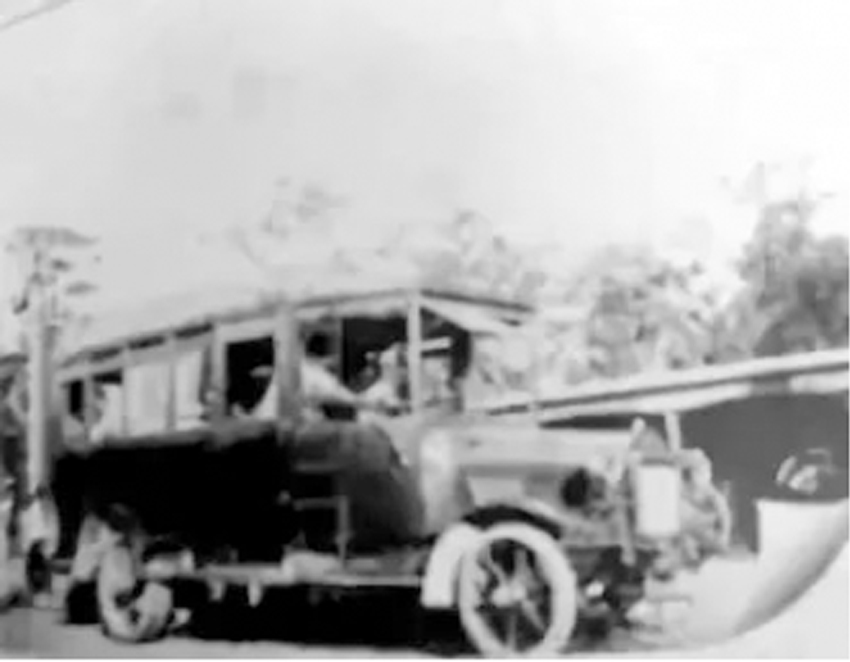- Home
- >
- News
- >
- Company News
- >
- How did the bus develop to what it is today?
How did the bus develop to what it is today?

The bus, I believe, has accompanied many students in their youth, running to and from school to catch a bus; complaining about the day's troubles with friends along the way; and the girl who likes to sit by the window. These scenes seem to be still vivid in my mind.
We grow step by step, and the bus is also changing quietly. Now let's stop the emotions and memories of youth, let's take a look at our old friend in those years - the youth of the bus!
1. The origin of the bus
The origins of public transport can be traced back to at least 1826.
At that time, a retired military officer opened a flour mill on the outskirts of Nantes in northwestern France, and used hot water from a steam engine for bathing. After he built a public bath, he also provided a four-wheeled carriage to connect customers in the city center. When he found that people along the way could use his stagecoach, he set up a coach route between hotels, allowing passengers and mail to be used freely along the way.

The emergence of buses stems from people's need for convenient travel. Everyone does not want to walk long distances, but not everyone has a horse-drawn carriage at home. Until the car appeared later, maybe it was because of limited ability to buy one, maybe because you couldn't drive, or maybe because owning a car did not bring real convenience (such as traffic jams). The above reasons make the modern bus come into being.
2. The technological evolution of buses
On January 29, 1886, two Germans, Jukal Muz and Gottlieb Demler, obtained the patent rights for the world's first car, marking the birth of the world's first car.

However, the earliest "bus" was born earlier than this time. The "bus" at that time was realized by the traditional four-wheeled carriage. Until 1831, the Englishman Walter Hancock built the world's first bus with an engine for his country.
The bus was powered by a steam engine and could carry 10 passengers. It was named the "Baby" and was put into trial operation between London and Trafford.
Soon, the German Mercedes-Benz car company was the first to manufacture gasoline-engine buses, which replaced steam-engine buses with gasoline-engine-powered buses.
In recent years, with the in-depth promotion of the concept of sustainable development, buses have become the representative of low-carbon travel, and their energy power has been iteratively updated.
At present, the new energy rate of urban buses in China exceeds 66%. There are various types of new energy sources. Currently, there are known diesel-electric hybrid, pure electric, CNG (compressed natural gas), LNG (liquefied natural gas), and LPG (liquefied petroleum gas). ) and other energy types.






